Diastrophic Forces
Imagine you are watching a time-lapse video of Earth spanning millions of years. What do you see? Land rising, mountains forming, valleys deepening—a slow but grand transformation.
Unlike earthquakes and volcanoes that make their presence known instantly, diastrophic forces operate patiently and persistently, shaping the land over millions of years.
Now, let’s embark on a journey to understand how these forces work.
See, Diastrophic forces come from deep within the Earth, like a hidden force molding a clay pot from the inside. They can be categorized into two types of movements:
- Epeirogenetic Movements – The Gentle Lifters and Sinkers
- Orogenetic Movements – The Mighty Mountain Makers
Both of these shapes our planet quietly but effectively—let’s explore how.
Epeirogenetic Movements
Over millions of years, continents rise and sink like slow-moving waves on a gigantic ocean. This is Epeirogenetic Movement, which causes the upliftment or subsidence of large landmasses.
- Upliftment: Some regions rise over time, forming plateaus and elevated landforms.
- Subsidence: Other regions sink, creating basins and lakes.
Real-life example:
The Deccan Plateau in India is an uplifted landmass formed due to these forces. On the other hand, the Sundarbans delta region in West Bengal is sinking gradually, a process that has been ongoing for thousands of years.

Now, let’s head towards the mountains and witness the next grand act—Orogenetic Movements.
Orogenetic Movements
Imagine two massive trucks moving toward each other. The impact is so strong that the front portions crumple, creating folds and ridges. This is similar to what happens when horizontal orogenetic forces act upon the Earth’s crust.
In the following figure you can see the blue landforms being created due to orogenetic movements: For instance, you can easily see the Rockies and Andes mountain Chains along pacific coast of the American Continents.

There are two ways in which these forces act:
- Compressional Forces (Convergent Forces)
- When forces push towards each other, the crust bends, creating fold mountains.
- Example: The Himalayas—formed when the Indian plate collided with the Eurasian plate.
- Tensional Forces (Divergent Forces)
- When forces pull away from each other, cracks and faults appear in the crust, creating rift valleys and fault lines.
- Example: The Great Rift Valley in Africa, where land is breaking apart due to tensional forces.
Diastrophic forces are slow but relentless. They are the reason why continents shift, mountains rise, and valleys deepen. If you could fast-forward time by millions of years, you’d see new landmasses forming, old ones sinking, and mountains towering even higher.
Let’s discuss about these forces in greater detail in next few sections.


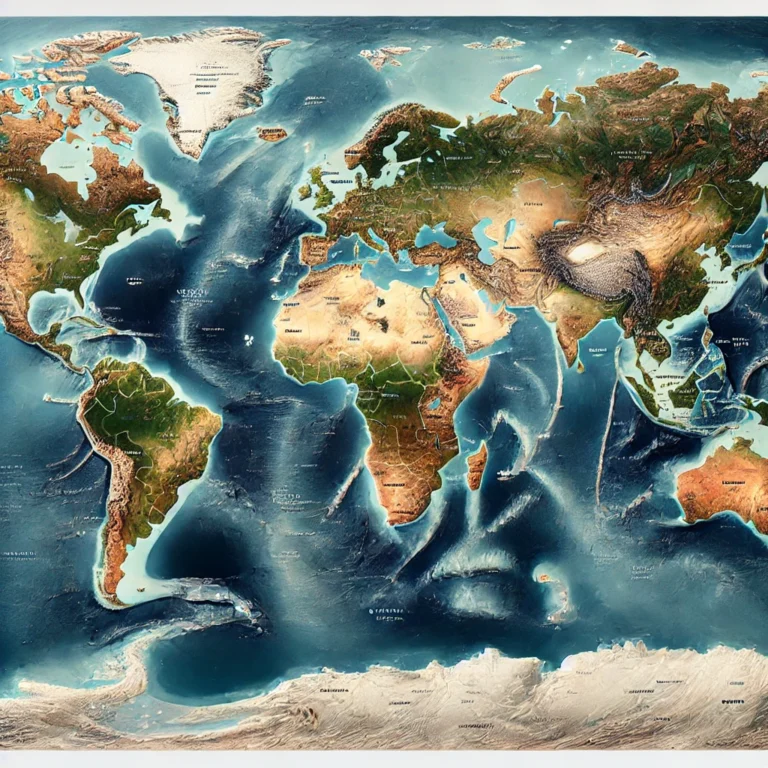
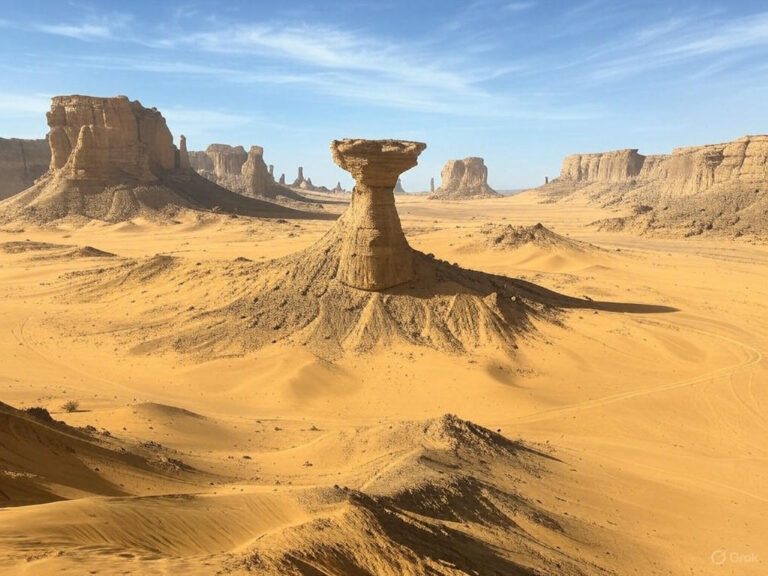
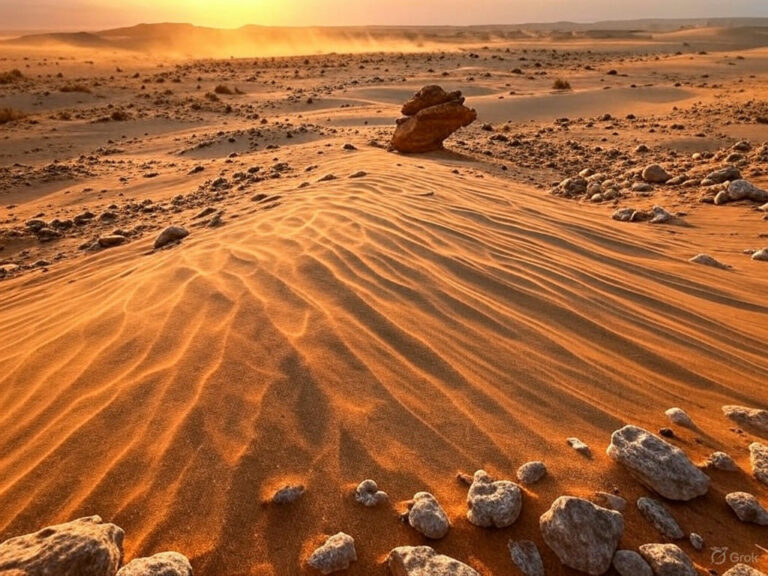
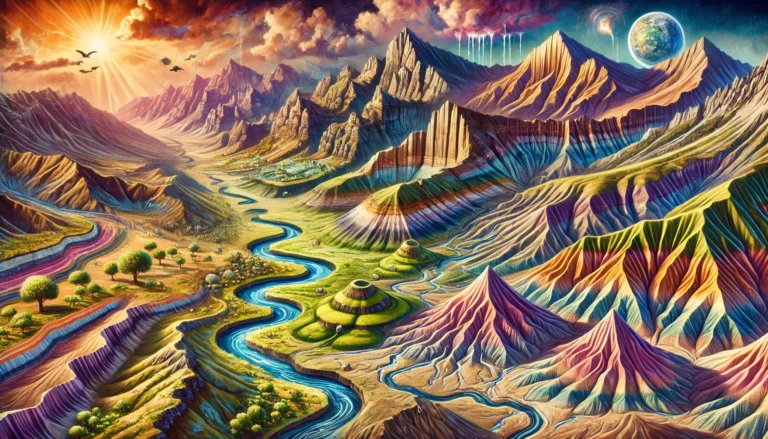
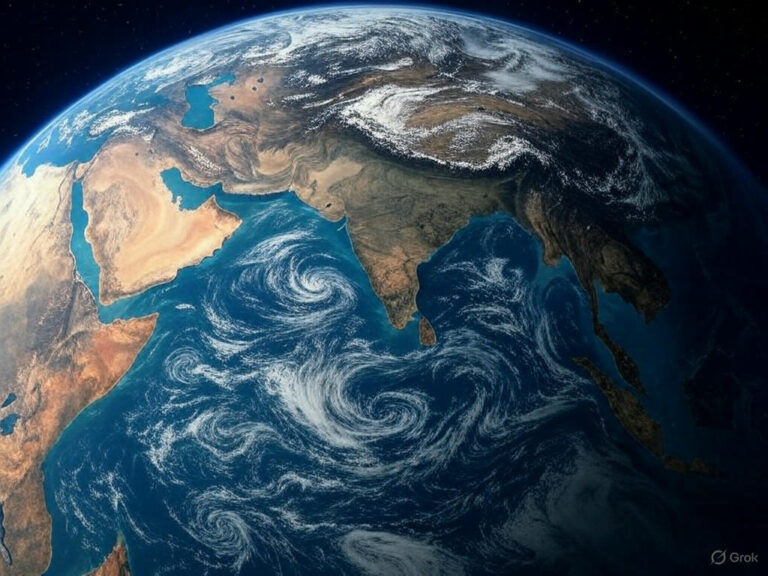
One Comment